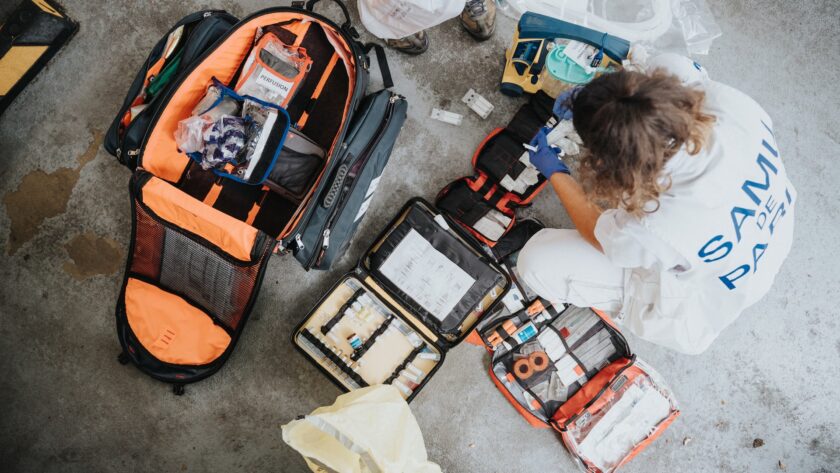If you’re an aspiring firefighter, you must understand how crucial technical firefighting and paramedic skills are. Getting the training, experience, and certifications you need will help you excel in this career.
Firefighting is a physically demanding profession requiring you to be in peak physical condition. To achieve this, you must train regularly and take fitness tests.
Technical Rescue
Technical rescue is the emergency search and rescue of people in difficult situations such as collapsed buildings or ice falls. Many emergency responders are trained in this skill set.
These skills are crucial in emergencies and help firefighters and paramedics save lives. For example, if someone has been shot while in a building, the rescuers must be able to find and remove the victim without causing more injuries.
It requires critical thinking and reasoning skills. Firefighters, like Daniel Ahasic, are often called upon to give detailed instructions and make critical decisions that may have life-threatening consequences if they are not transparent or precise.
Technical rescue involves a wide range of disciplines, including rope rescue, confined space rescue, vehicle/machinery rescue, structural collapse rescue, trench rescue, and water rescue. Each requires specific training to develop a unique set of skill sets.
Hazardous Materials Rescue
Whether responding to a hazmat incident or conducting a wide-area search after a disaster, firefighters must have the skills to deal safely with hazardous materials. This training can help you understand the properties and effects of various dangerous substances, how to properly use personal protective equipment, decontaminate people, and much more.
Courses are based on the National Fire Protection Association (NFPA) standard 472: Standard for Competence of Responders to Hazardous Materials/Weapons of Mass Destruction Incidents. The NFPA 472 standards require that emergency response teams be trained to respond to all hazardous materials incidents.
Water Rescue
Rescue abilities in the water might be the difference between life and death. If you’re a firefighter paramedic, you need to be familiar with the different types of water rescues and how to perform them safely.
Keep in mind that this type of rescue is physically demanding and requires strong swimming skills. It could be a severe issue for you and your fellow team members if you cannot meet these requirements.
Focused and calm are essential for this type of work, especially when dealing with a patient who may be overwhelmed by fear or anxiety. A critical thinker must also help you implement a safe and effective solution.
Confined Space Rescue
Confined space rescue is a type of emergency response that involves rescuing someone trapped in a restricted space. Such spaces include tanks, cargo holds, water and sewer maintenance holes, silos, boilers, tunnels, and elevator shafts.
It may be a time-sensitive rescue depending on the nature of the disaster. In these cases, oxygen levels must be restored quickly, and rescuers must be equipped with the necessary equipment to complete a rescue efficiently.
To minimize the risk of accidents during confined space rescues, a team should consist of three personnel. The first is the enclosed space attendant, the second is the confined space supervisor, and the third is the limited space entrant or rescuer.




